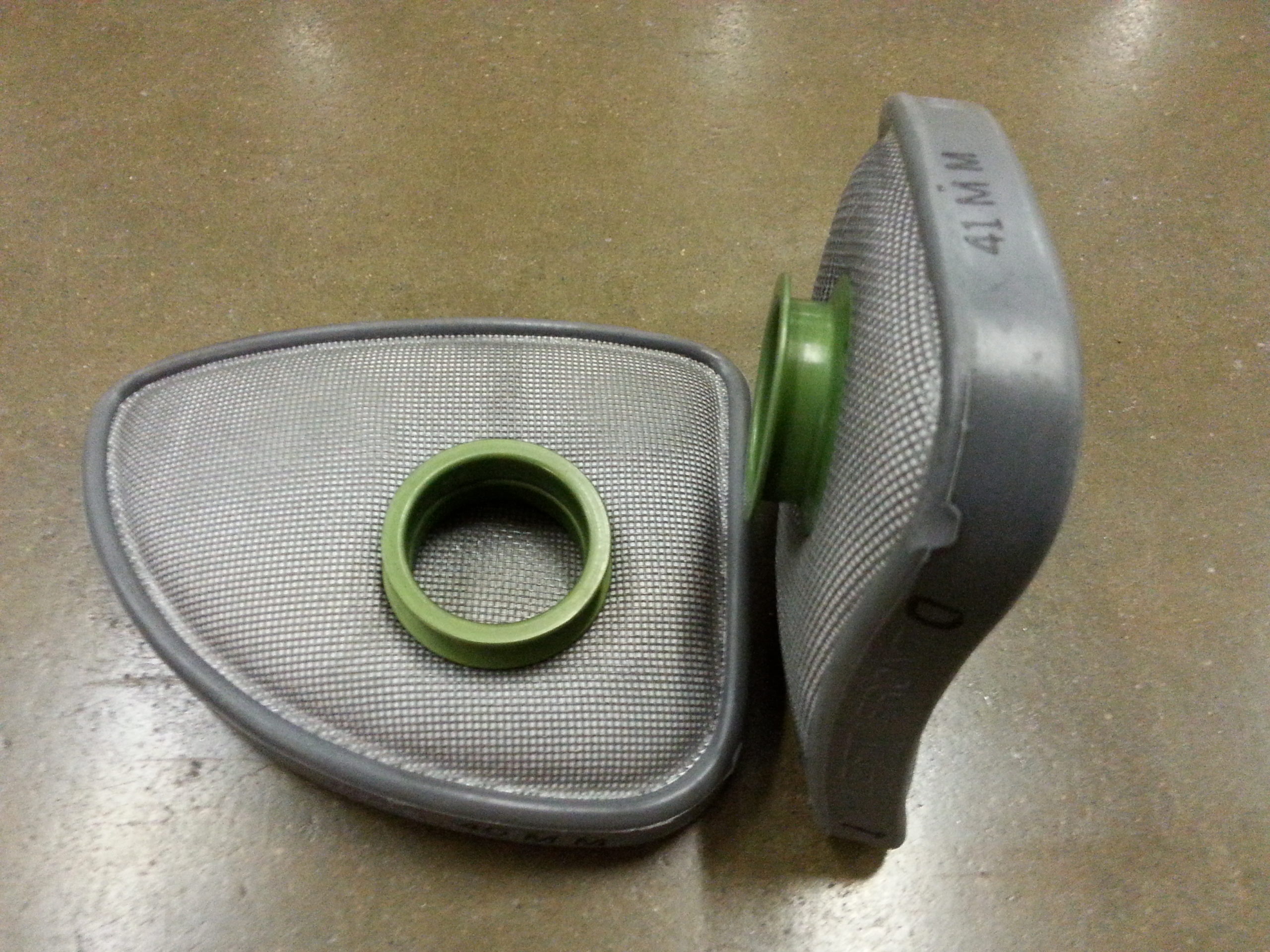
This filter is also supplied with a standard NATO thread (40 mm x 1/7”) and is thus compatible with almost all protective respirators. Its design assures optimal performance complying with all IDF specifications. This 40mm NATO filters is specially designed for comfort and extended use at a minimal physiological load. The Type 80 is a robust durable canister intended for mature civilian use. It is a key integral part of all Shalon’s personal respiratory protection systems. The Type 80 filter canister was developed for the Israel Defense Force (IDF) to provide protection against numerous nuclear, biological, and/or chemical agents. These protective masks are intended to protect the face, eyes, and respiratory organs from the effects of toxic agents and bacteriological aerosols. The Russian gas mask comes equipped with a 40mm sealed NATO standard filter that directly purifies the users oxygen for effortless breathing. Given that these gas mask filters are airtight to aerosol particles, they are often chosen for liquid spraying works such as painting.The Russian NVA gas mask with filter is a GP-5 gas mask designed to protect from chemical agents (NBC).

The most commonly used respiratory protection filters are:Ī2-P3: Organic gases and vapours (solvents) with boiling points above 65☌, solid and liquid particles, radioactive and highly toxic particles, bacteria, and viruses.Ī2-P3 Reactor: Same as above with the addition of radioactive iodine (Iodine 131) and methyl iodide.ĪBEK2-P3: Organic, inorganic gases and vapours, acid gases, ammonia and its derivatives, solid and liquid particles, radioactive and toxic particles, and micro-organisms like bacteria and viruses.ĪBEK2HgNOCO20-P3: Same as above with mercury vapours, carbon monoxide, and nitrogen oxides. Their operating principle is very easy to understand: inspired air goes through the particle and aerosol filtering device (like oil or paint droplet e. Because of this virtually unbeatable protection level in the field of air purifying respirator cartridges they are slightly larger than standard gas mask filters.
Gas mask filter series#
Combined respiratory protection filters (against gas and particles)Īs their name implies, combined filters are efficient both against dusts and toxic substances. They consist of 2 barriers placed in series in the cartridge.
Gas mask filter code#
This way, a gas mask filter cartridge against organic and inorganic gas and vapor, acids and ammonia – and its derivatives – will be labeled ABEK with a color code brown, grey, yellow, green. Some respirator filter cartridges can combine simultaneously several gases. Nitric oxide, nitrogen oxide, nitrous vapor Inorganic gases and vapours such as chlorine, hydrogen sulphide or hydrocyanic acid) Gases and vapours of organic compounds with a boiling point below 65☌ such as methanol, chloroform or perchloroethylene Organic gases and vapours (solvents) with boiling points above 65☌ such as white spirit, styrene or xylene In addition to the three efficiency levels, there is a specific codification composed by letters and colors for different types of toxic gas and substances. These gas mask filters feature a microporous structure made of active carbon with tiny capillaries for an enhanced purifying efficiency while reducing the breathing effort.Īs for particle filters, they are gathered into 3 efficiency classes, ensuring a purifying level (3 being the maximum protection level). Gas filters for APR respirators are especially designed to get protected against toxic substances.

This breathing disturbance will determine the replacement. In a dusty environment, particulates filter will progressively clog and offer a higher and higher breathing resistance – without affecting the purifying power. Because of their hydrophobic characteristic they are water resistant and stop the thinnest particles. Particle filters for air purifying respirators (PAPR) feature a large parallel pleated purifying surface which avoid clogging risks in very dusty environments.

The most effective protection is class P3 (filtration rate of 99.97%), which should be used as often as possible against tiny dust such as asbestos (level 1), ceramic fibres, and viruses (avian flu, H1N1 flu, coronavirus, etc.) and bacteria. They are gathered into 3 efficiency classes (P1, P2 or P3) that ensure a purifying level from 80% to 99.97%. Particle respiratory protection filters – also known as aerosol gas mask filters – are mainly used to protect users against dusts, particles, liquid and solid aerosols according to the EN143 standard. Sort By Set Descending Direction P3 respiratory protection filters (against dust)


 0 kommentar(er)
0 kommentar(er)
